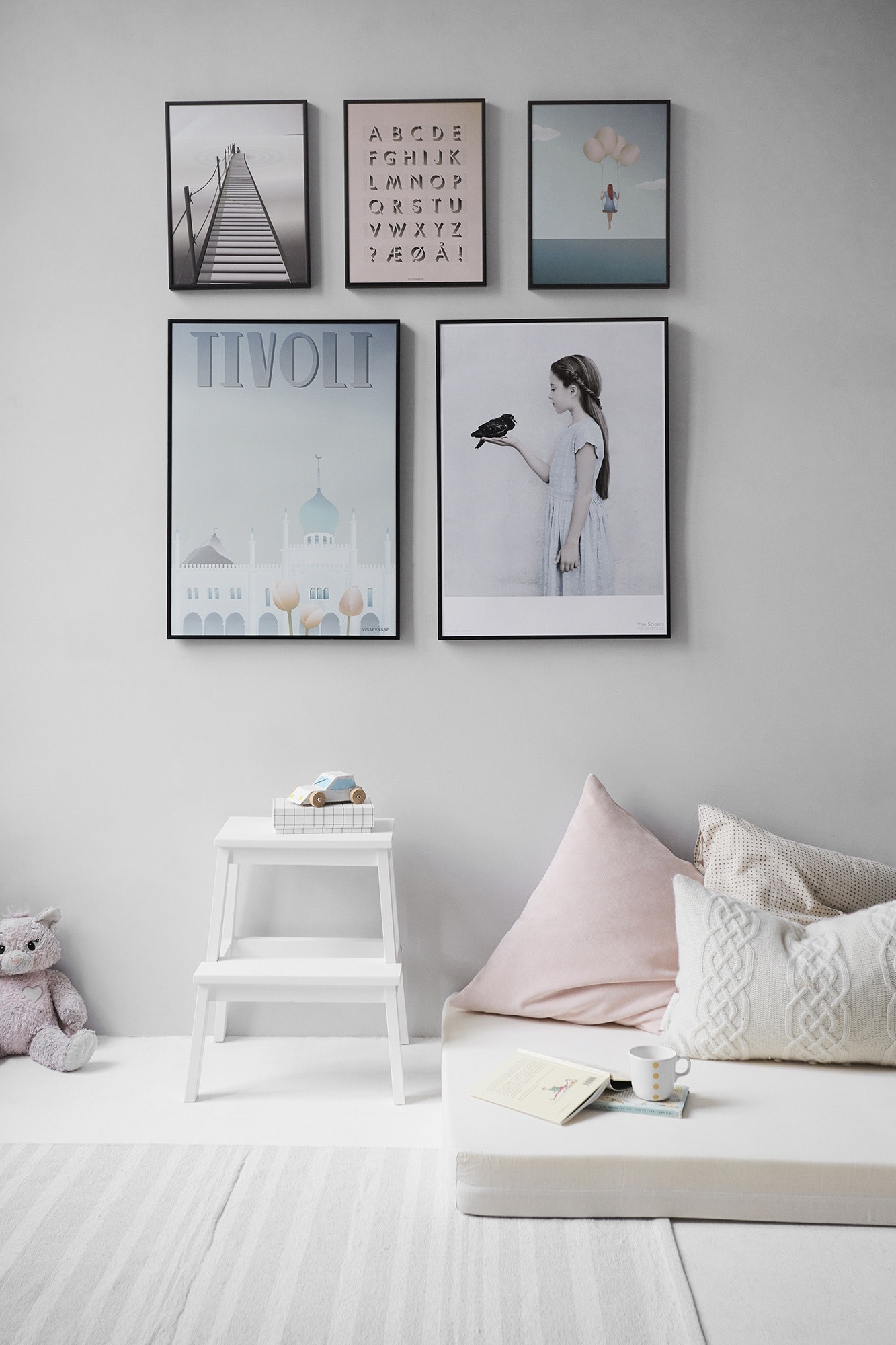
People spend about a third of their lives sleeping, so it’s essential that their bedrooms are well-designed, comfortable and serene so that they can fully relax and recharge for the challenges each new day brings.
One of the important aspects of a bedroom design is the lighting and to get it right means you’ll be able to create a space pleasant enough to rest at night and relax during the day. Here are several lighting tips to help you properly illuminate your bedroom.

Bedroom lighting basics
At the very beginning, you need to decide on the type of light bulb you want to use and depending on its intensity and colour it emits, you can create a positive or negative effect. It’s recommendable you get between 2000 and 4000 lumens for your bedroom, which indicates the brightness level, but this is quite subjective as it changes depending on your preferred bedroom ambiance.
As for the colour of light, if you opt for incandescent or halogen lights, you’ll have a soft white glow, CFLs will diffuse a lot of blue and LEDs can cover the colour temperature spectrum. White and blue light promotes alertness and it’s great for directed lighting that supports your focused activity, while warmer coloured light aids your melatonin production and is best for bedroom activities such as relaxing or reading.
The best way to go is to layer the lights as this will allow you to get the best effect. This really means you need to strike the right balance between ambient, task and accent lighting and when you do, you’ll be able to customize the lighting to any activity you engage in.
Task lighting
For performing activities that require your focused attention, such as applying make-up or reading, you should layer your general lighting with task lights. This does not necessarily mean using only a traditional desk lamp. You can also install sconces, wall-mounted task lights and nightstand lamps or low hanging pendants. Basically, you can use any type of light source that will provide sufficient light for sustained concentration.
Ambient lighting
To achieve the layered effect, start with general lighting that will form the foundation. Ambient lighting starts with natural lights that comes in through your windows with the addition or typical artificial lighting from the ceiling fixtures and floor lamps. This is what you need for regular daily activities such as making the bed and cleaning the room.
It’s essential you have a solid foundation if you want to achieve any additional effect, so make sure you consult professionals on what is the best layout for effective and elegant lighting. For example, this Brisbane electrician installs a vast range of electrical components, lighting fixtures and safety devices, so you can find exactly what fits your needs and preferences.
Accent lighting
Accent lighting is principally used to draw attention on specific features in a room, such as your favourite artwork. In a bedroom, accent lighting is actually a more subtle version of ambient lighting that gives off a pleasant glow and creates a warm and cosy atmosphere. Most popular ways to use accent lighting in bedroom is recessed lights that give you wide creative freedom concerning their number and position.
Light dimmers
Many designers state that lighting dimmers are important practical tool to regulate bright light sources in accordance with your current mood. By dimming the lights, you can easily transition into a more relaxed sleep mode and wake up more gradually in the morning.
In the more general scheme of lighting design, dimmers bring in more depth and dimension to a room and allow more options. Choosing between full brightness and low lighting, you can accommodate various lighting needs and set any mood you desire.
As our bedrooms evolve and become multifunctional spaces, the need for proper lighting has to follow and support all those functions. By layering your light sources that range from general, ambient, task and accent lighting, you can achieve the desired balance and create a pleasant and comfortable setting in your bedroom. All you need is to get creative and follow the design tips listed here until you achieve the effect you want.


